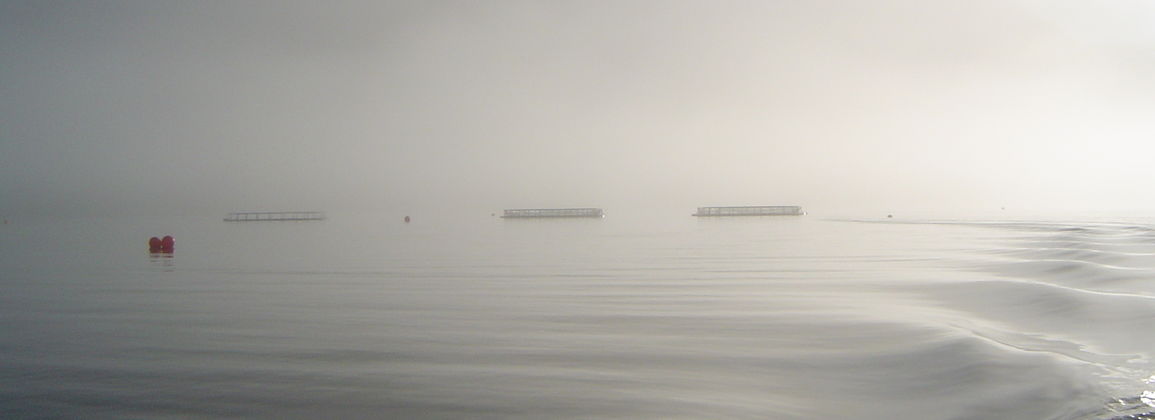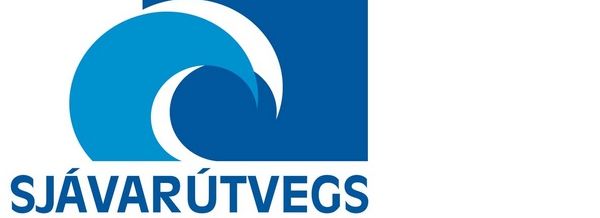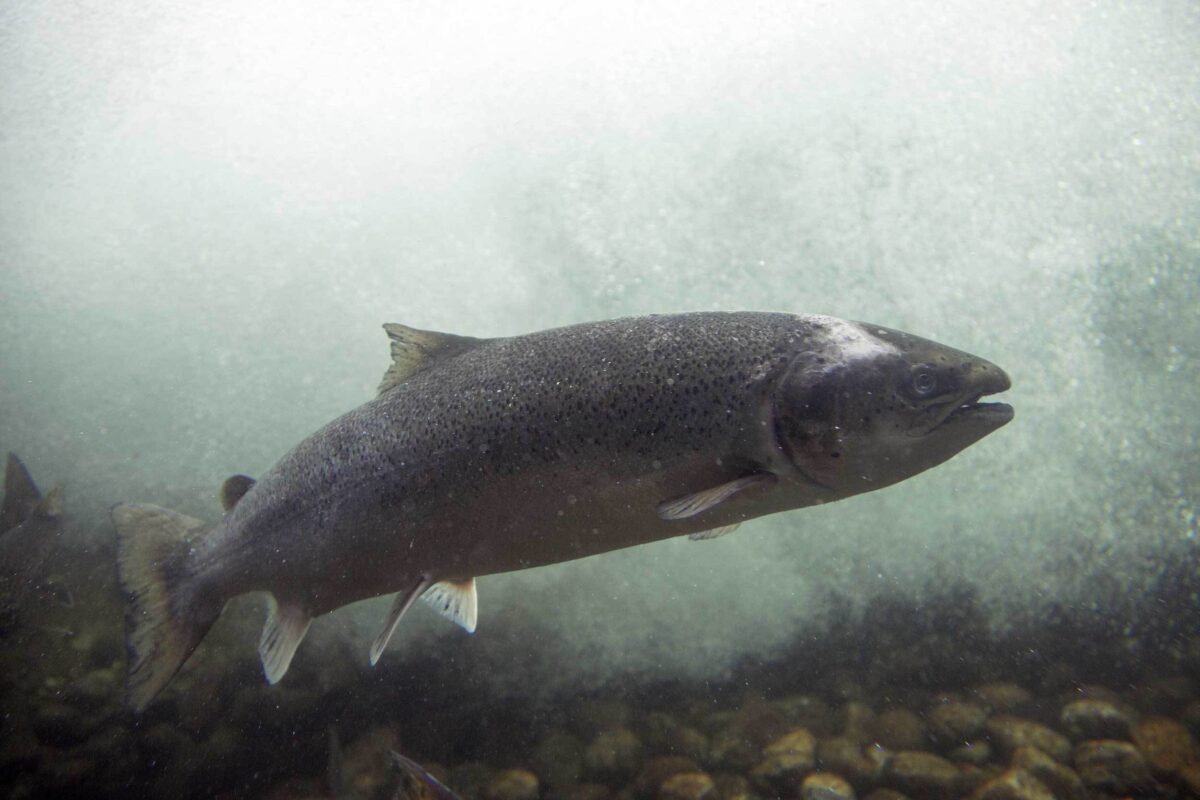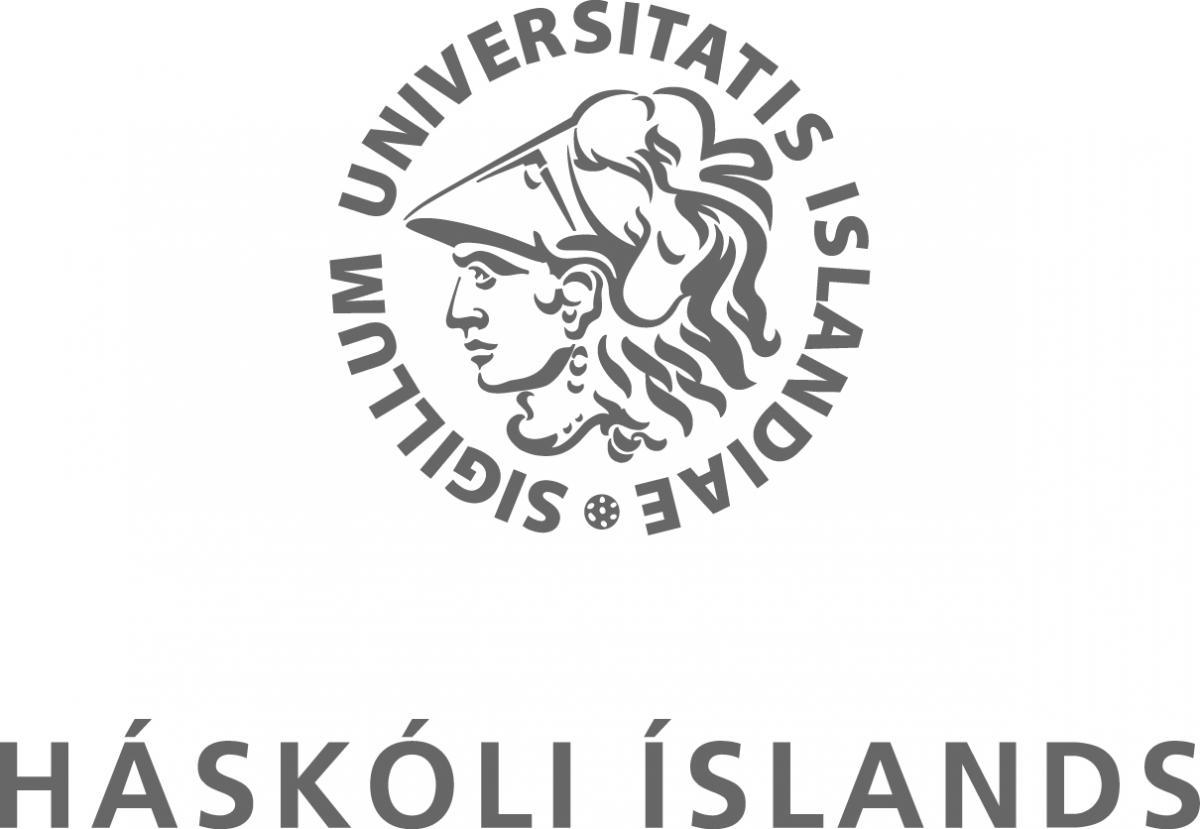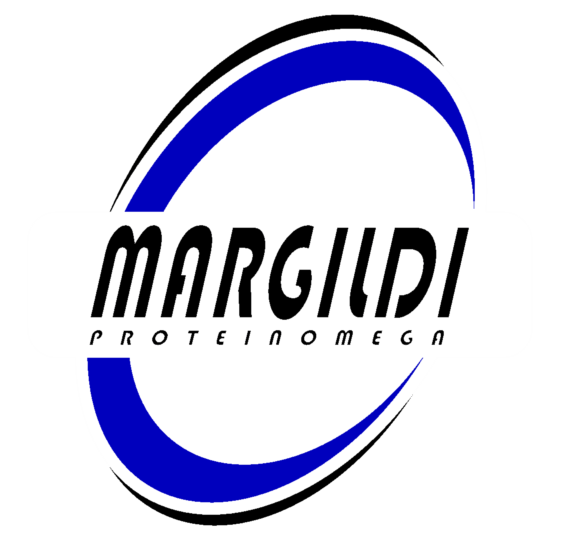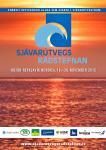Seasonal and geographical variation in chemical composition and lipid stability of Atlantic mackerel (Scomber scombrus) caught in Icelandic waters
During the time that mackerel is off the coast of Iceland, it is eaten a lot, which causes it to gain weight quickly, with the result that the meat becomes very sensitive to handling. In this study, mackerel caught in the summer seasons of 2012 and 2013 (July, August, September) and from different fishing areas (east, northeast, south and southeast) were examined. In order to assess how well the raw material is suitable for processing high-quality products for human consumption, the mackerel was measured in terms of water and fat content, fatty acid composition, color, coloration and free fatty acids. In general, the mackerel collected in the summer of 2012 was of better quality than mackerel from 2013. The results also indicated a variability between fishing months in terms of fat content and the progress of development. Mackerel caught in the middle of the season had the lowest developmental value, indicating that this mackerel is best suited for processing high-quality products for human consumption.
Atlantic mackerel (Scomber scombrus) appears in Icelandic waters during its heavy feeding period, resulting in variation in mackerel products quality. Fish caught at different season during the summers of 2012 and 2013 (July, August, September) and at different sites of the Icelandic fishing area (East, Northeast, South and Southeast) were analyzed. Measurements of lipid and water content, fatty acid composition, color changes, lipid hydroperoxide (PV), thiobarbituric reactive substances (TBARS) and free fatty acid (FFA) were studied with the aim of investigating whether this raw material was suitable for the production of high quality products for human consumption. In general, samples collected during the summer of 2012 showed a better condition than fish from 2013. The results indicated seasonal variation in lipid content and rancidity development. The lowest rancidity values were observed in the middle of the Icelandic catching season, indicating that this raw material was best suited for production of high quality products. Moreover, geographical variation of the mackerel catches had an impact on the saturation of the fatty acids, and appeared as follows: East> Southeast> Northeast> South.


